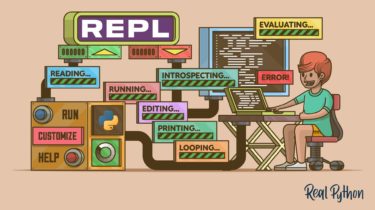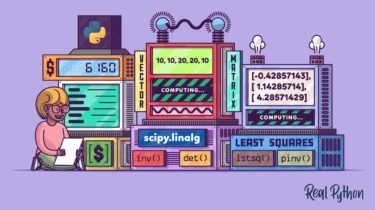float64 to float32: Saving memory without losing precision
Libraries like NumPy and Pandas let you switch data types, which allows you to reduce memory usage. Switching from numpy.float64 (“double-precision” or 64-bit floats) to numpy.float32 (“single-precision” or 32-bit floats) cuts memory usage in half. But it does so at a cost: float32 can only store a much smaller range of numbers, with less precision. So if you want to save memory, how do you use float32 without distorting your results? Let’s find out! In particular, we will: Explore some […]
Read more



